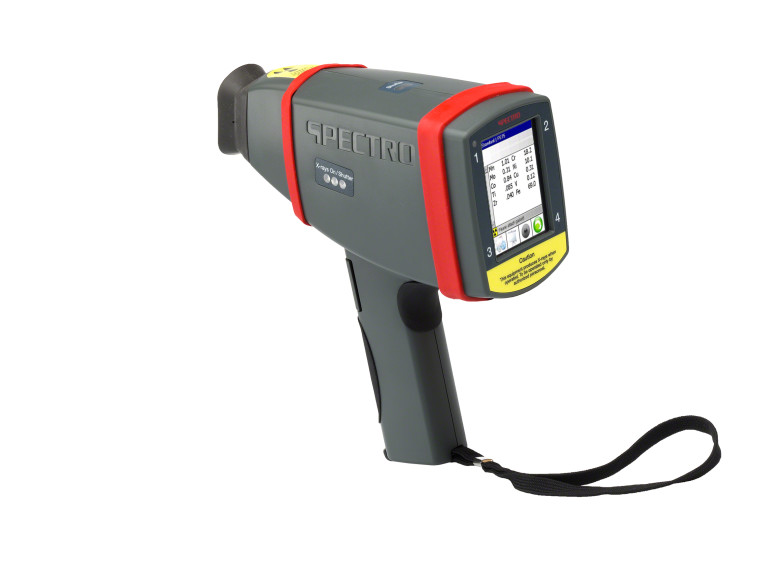
#Microsort xsort license#
Because of GIVF’s extensive work with USDA scientist Lawrence Johnson on human applications of sperm sorting, coupled with our ability to undertake clinical work in this area, in 1992 USDA granted GIVF an exclusive license to apply the sperm sorting technology in humans. įlow cytometric sperm sorting was patented for mammalian applications by the United States Department of Agriculture (USDA U.S. The first successful flow cytometric separation of X- and Y-bearing human sperm into enriched populations, the results of which were analyzed by fluorescence in situ hybridization (FISH), was subsequently undertaken by Johnson and multiple collaborators from Genetics & IVF Institute (GIVF). In these animal studies and another study the offspring were all normal and showed no detrimental effect of sorting or from the use of the fluorescent stain. In subsequent experiments they stained and sorted living mammalian sperm to produce the first live births of rabbits and pigs with significantly skewed sex ratios followed by births of calves from live sorted sperm.

Johnson and co-workers utilized the vital stain Hoechst 33342 (H33342) to stain the chromosomal DNA of X- and Y-bearing sperm and sorted the sperm nuclei into separate populations. Improving the efficiency of food production was the impetus for the development of sex pre-selection in non-human mammals. In sperm stained with a DNA-specific fluorochrome, this difference in DNA content is made evident by the intensity of the fluorescent signal emitted by the stained sperm, thereby allowing the differentiation of X- from Y-bearing sperm such that enriched populations of X- or Y-bearing sperm may be generated using flow cytometric sorting. The X-chromosome contains more DNA than the Y-chromosome in humans, X-chromosome-bearing sperm have approximately 2.8% more total DNA than Y-bearing sperm. The intensity of the fluorescence emitted by the DNA of chromosomally normal, fluorescently stained sperm varies depending on the presence of the X- or the Y-chromosome.

This provides a preconception reproductive option for parents wishing to reduce sex-linked and sex-limited disease risk for their future children or to balance the sex ratio among their children. Human sperm sorted by flow cytometry can increase the likelihood that a child so conceived will be of a particular sex. Results provide evidence supporting the effectiveness of flow cytometric sorting of human sperm for use as a preconception method of influencing a baby’s sex. IUI, IVF/ICSI and FET outcomes were consistent with unimpaired sperm function. Conclusionsįlow cytometric sorting of human sperm shifted the X:Y sperm ratio. IUI, IVF/ICSI, and FET clinical pregnancy rates were 14.7%, 30.8%, and 32.1%, respectively clinical miscarriage rates were 15.5%, 10.2%, and 12.7%. For babies born, 93.5% were females and 85.3% were males after sorting for X- and Y-bearing sperm, respectively. Seventy-three percent of sorts were for girls. Sorted specimens averaged 87.7 ± 5.0% X-bearing sperm after sorting for X and 74.3 ± 7.0% Y-bearing sperm after sorting for Y. Measures of effectiveness were the percentage of X- and Y-bearing sperm in sorted samples, determined by fluorescence in situ hybridization, sex of babies born, IVF/ICSI fertilization- and cleavage rates, and IUI, IVF/ICSI, FET pregnancy rates and miscarriage rates. Sorted sperm were used for IUI (n = 4448) and IVF/ICSI (n = 2957). Fresh or frozen-thawed semen was processed and recovered sperm were stained with Hoechst 33342 and sorted by flow cytometry (n = 7718) to increase the percentage of X-bearing sperm (n = 5635) or Y-bearing sperm (n = 2083) in the sorted specimen. After meeting inclusion criteria, married couples (n = 4993) enrolled to reduce the likelihood of sex-linked or sex-limited disease in future children (n = 383) or to balance the sex ratio of their children (n = 4610).
#Microsort xsort series#
This prospective, observational cohort study of the series of subjects treated with flow cytometrically sorted human sperm was conducted at investigational sites at two private reproductive centers. Herein we report the effectiveness of flow cytometric sorting of human sperm and its use in human ART procedures. Y-chromosome-bearing sperm enables sorting and collection of samples enriched in either X- or Y-bearing sperm for use to influence the likelihood that the offspring will be a particular sex. Differential fluorescence emitted by stained X- vs.

Flow cytometric sorting can be used to separate sperm based on sex chromosome content.


 0 kommentar(er)
0 kommentar(er)
